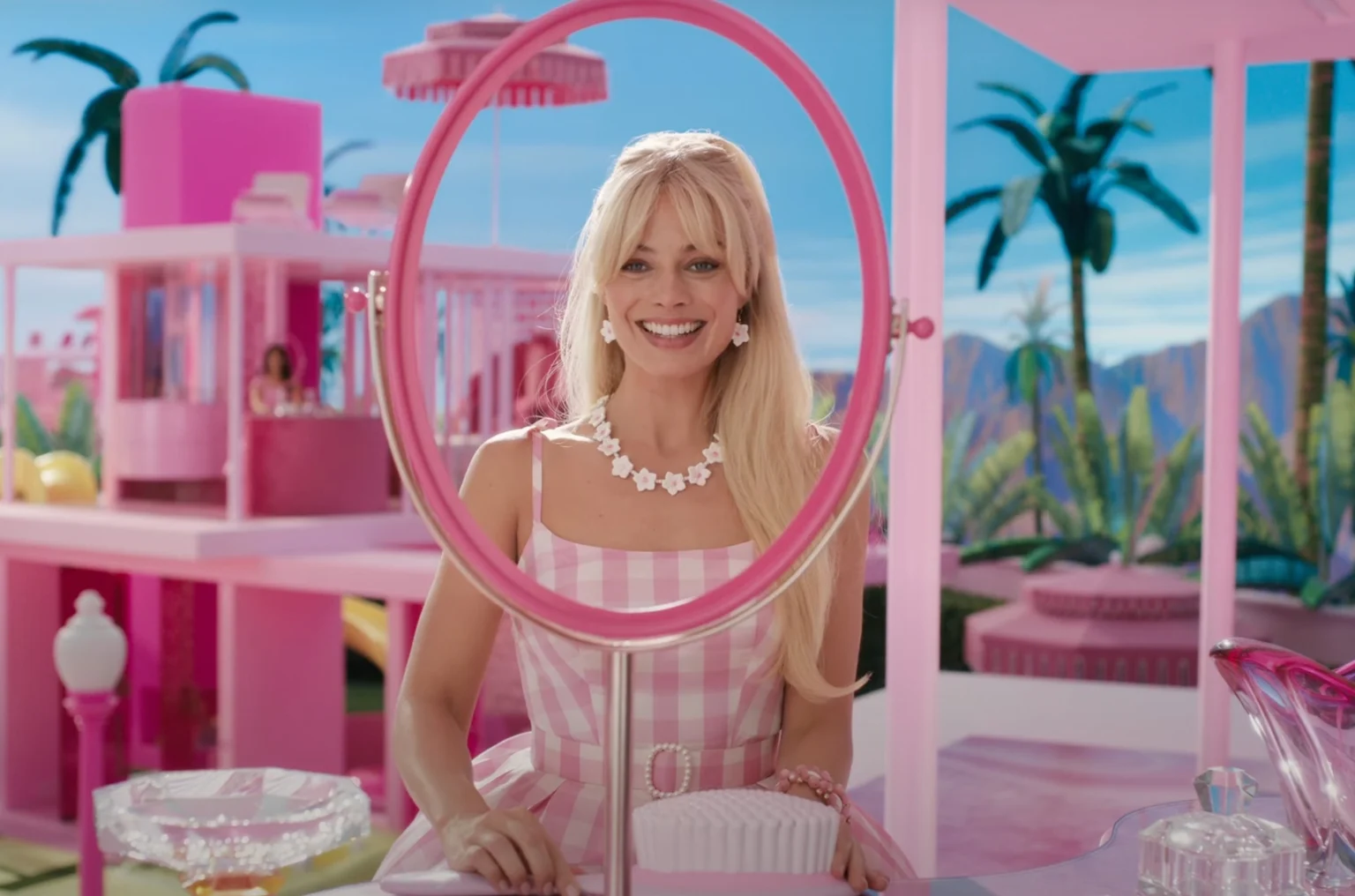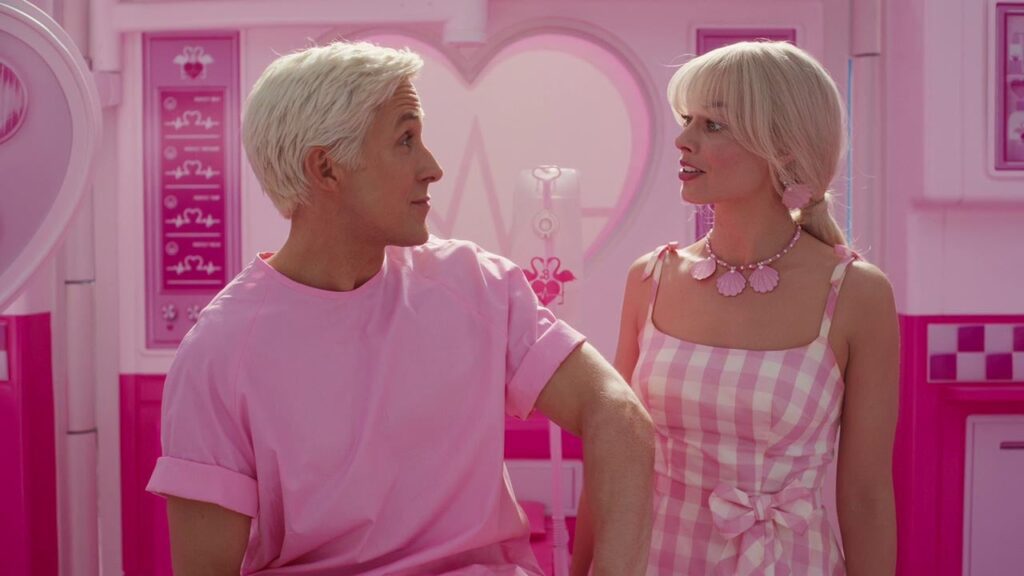
Is this banned Barbie movie inspired by Karen Carpenter’s last photo?
Ever pondered over the hidden depths of Barbie, the shiny pop-cultural icon donned with golden hair and an immaculate figure? Buckle up, because it’s time for some unexpected dramatic dissection.
Barbie, the film directed by mumblecore star Greta Gerwig, hitting the big screen next Friday, is creating quite a stir as one of the most eagerly anticipated cinematic events of the year.
But this isn’t Barbie’s debut on the silver screen; she has previously tread the unconventional path of counter-cultural representation. Let’s take a quick trip down memory lane to 1987.

An Unexpected Star
Todd Haynes, the genius who would later receive applause for contemporary masterpieces like Carol, Safe, and Far from Heaven, gifted Barbie’s less opulent twin a moment in the spotlight in an offbeat movie titled Superstar: The Karen Carpenter Story.
This unique gem painted the life saga of singer Karen Carpenter, utilizing scaled-down Barbie-esque figures to portray the anorexia that led to her tragic demise in 1983.
In a stroke of brilliance, Haynes created a potent juxtaposition of two American cultural staples – Carpenter and Barbie – setting the stage for the singer’s downfall against the turbulent canvas of a nation at war. Picture a scene where Karen is fussing over the unflattering fit of her maxi dress while a tank belches fire in the background.
The ’70s era in the US was a boiling pot of national distress, stimulated by the Vietnam war, Watergate scandal, and monumental societal shifts. Amidst this turmoil, Carpenter and Barbie emerge as symbols of a nostalgically stable epoch, their life narratives encapsulating the stormy domestic sphere of the era.

A Dark Tale
The Carpenters, embodying the quintessential family band with sunny tunes and a pristine public persona, seemed to resonate with a collective yearning for stability amidst upheaval. However, beneath the plastic exterior of Haynes’ narrative, the seemingly idyllic suburban dollhouse morphs into a nightmare for Karen.
The recurring images of oppressive family meals stand in stark contrast with her battle against anorexia, casting a foreboding shadow over the quintessential American home. Barbie’s depiction as a symbol of consumer culture and femininity opens a pandora’s box of contradictions between consumption and suppression, casting a sharp light on issues of personal empowerment and identity.
Jumping ahead to Gerwig’s polished rendition, the intriguing ambiguity of Barbie takes center stage yet again. The film’s teaser declares, “If you love Barbie, this film is for you. If you hate Barbie, this film is for you.” This smartly engineered pitch offers an irresistible bait to today’s digital viewership, where hate-watching and controversy whipped up by algorithms reign supreme. Barbie, it appears, can wear many hats.

Journey home
In both renditions, Barbie decides to break free from her plastic paradise. For Karen Carpenter, this departure signifies a hopeful step towards healing, away from her family’s unintentionally destructive dynamics. For Margot Robbie’s Barbie, the trek towards the tangible world represents a quest for authentic power, stepping out of the bubblegum confines of Barbieland.
The portrayal of home as a place of suppression and dolls as conduits of contrasting ideas about domesticity, femininity, and self-realization, mirrors the paradoxical essence of Barbie’s existence. Barbie, after all, was originally conceptualized as a role model who held a job outside the home, pushing against traditional norms.
In his groundbreaking 1979 work, Stars, film scholar Richard Dyer argued that popular actors’ “star images” frequently reconcile conflicting traits such as innocence and sexuality, independence, and romanticism, to name a few. Now, as Barbie preps to sashay onto the big screen yet again, the buzz is palpable.
By triggering a riveting pre-release conversation and striking a chord with diverse audiences, Barbie might just be Hollywood’s next sensation. But with all these multifaceted interpretations and high expectations, can she fill these new shoes?



